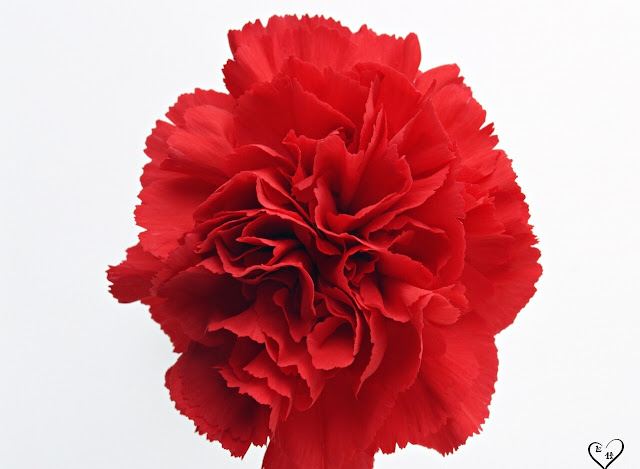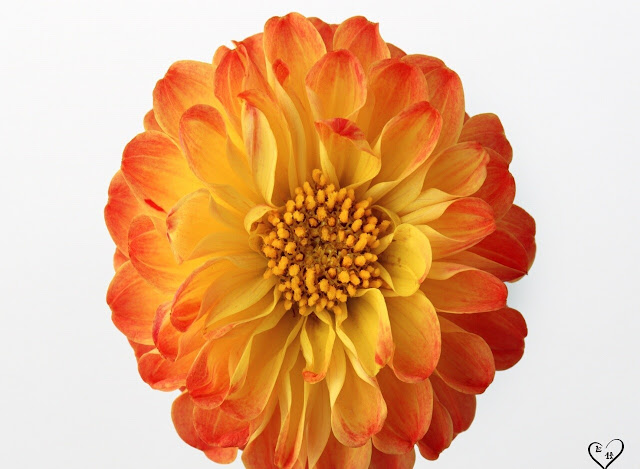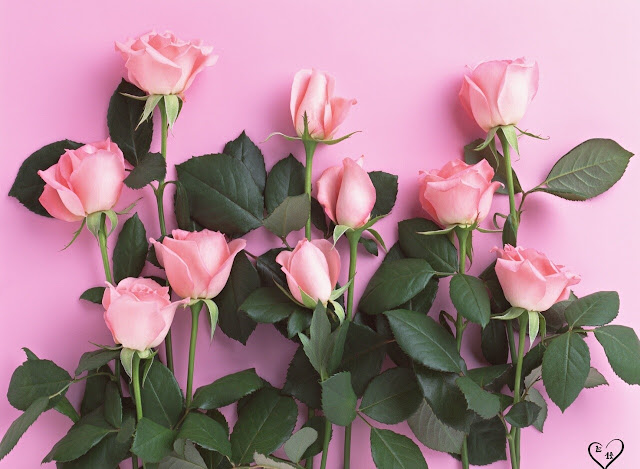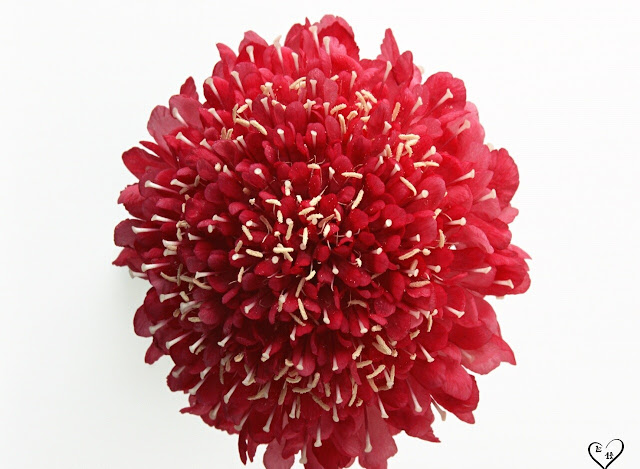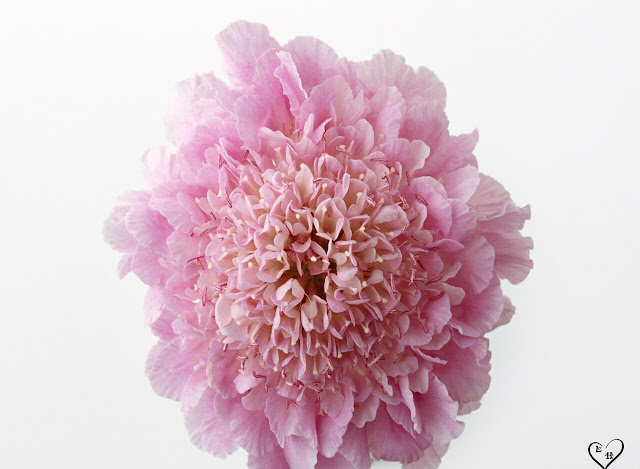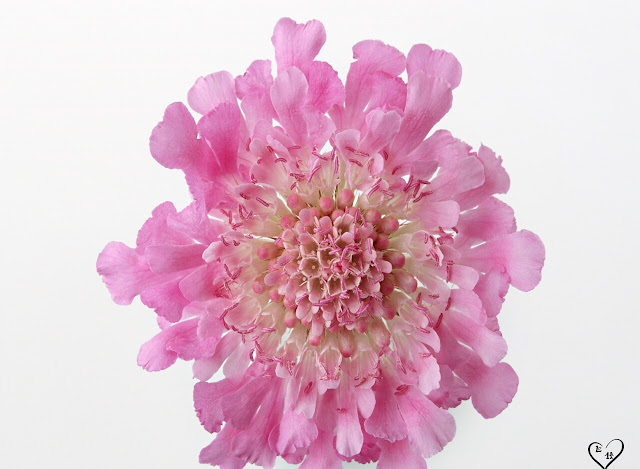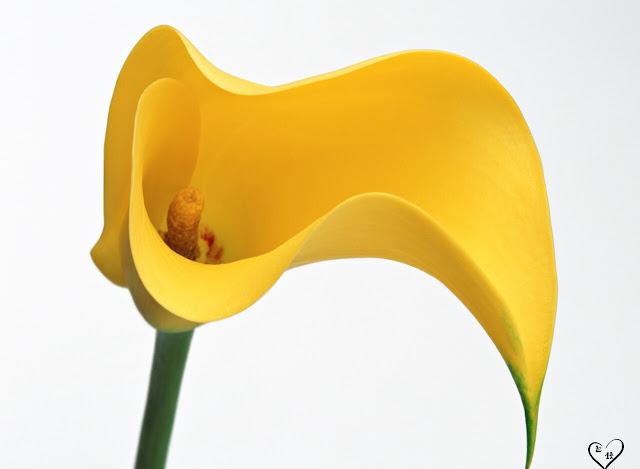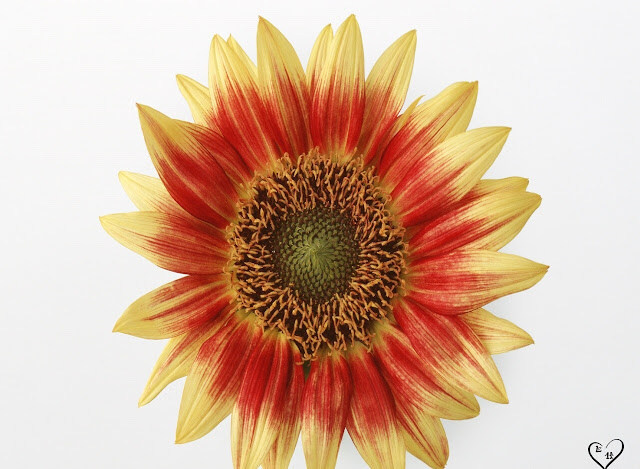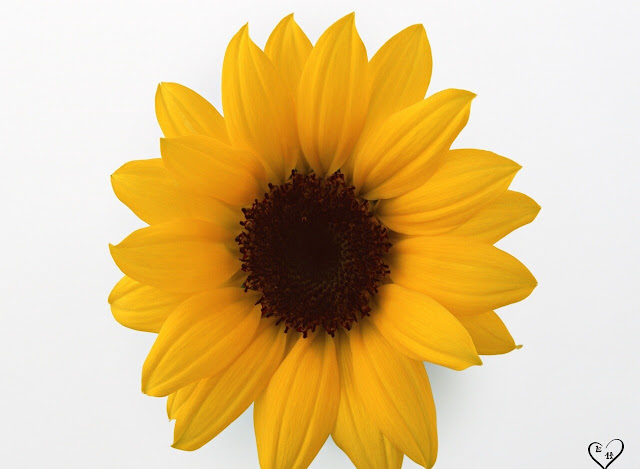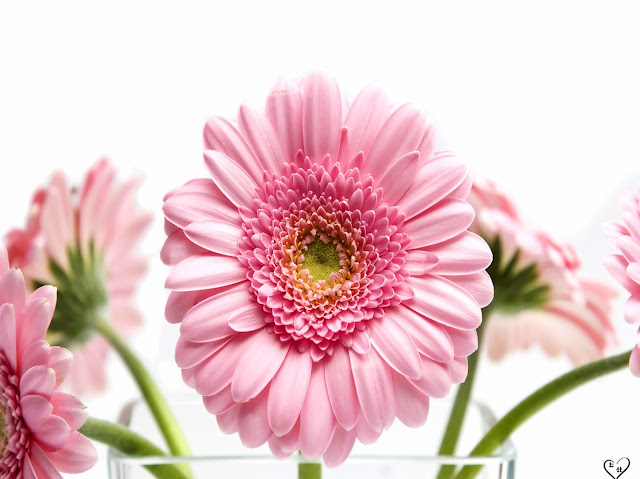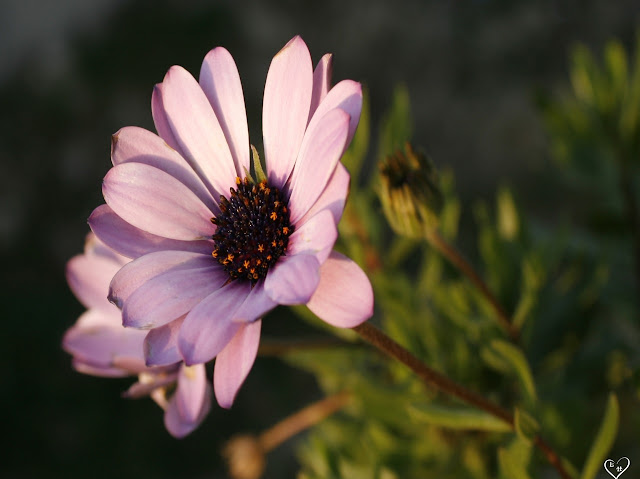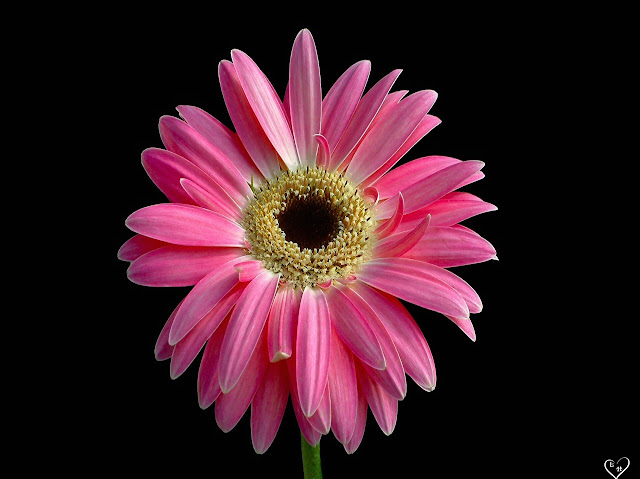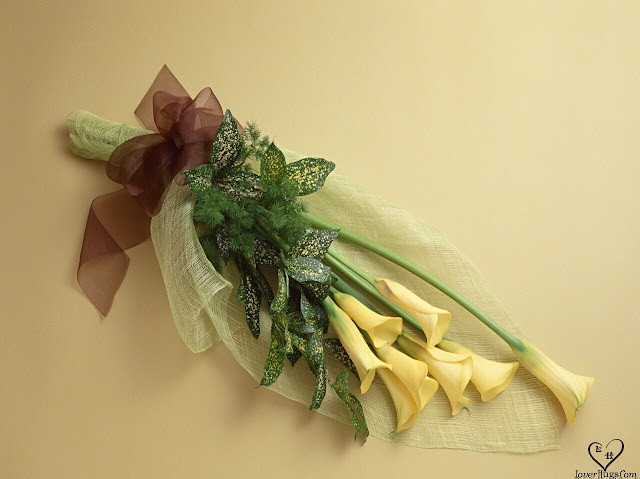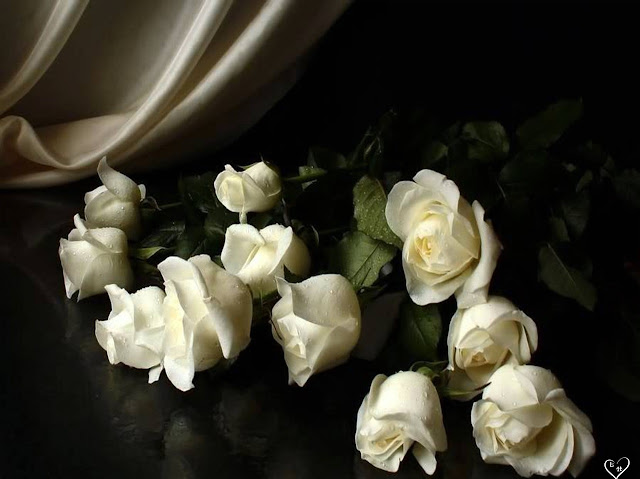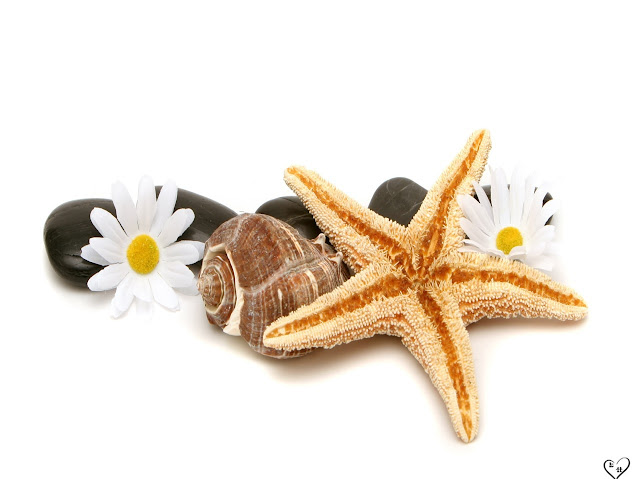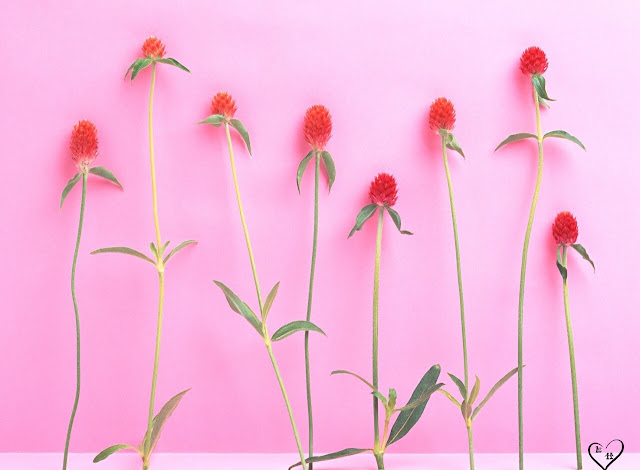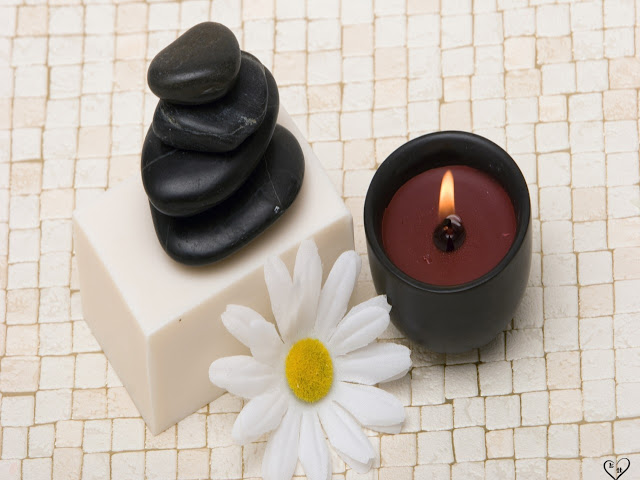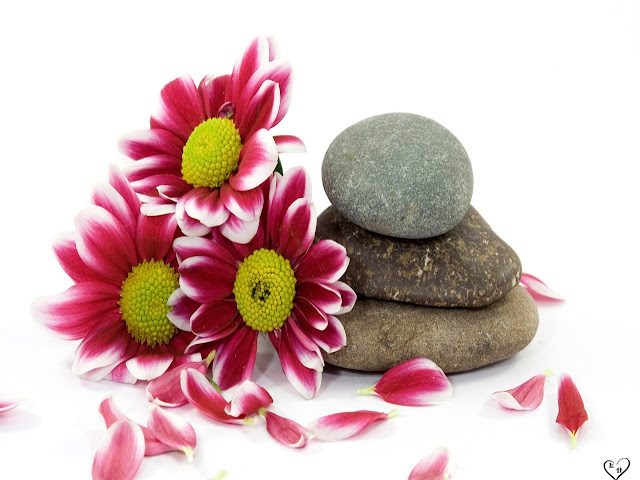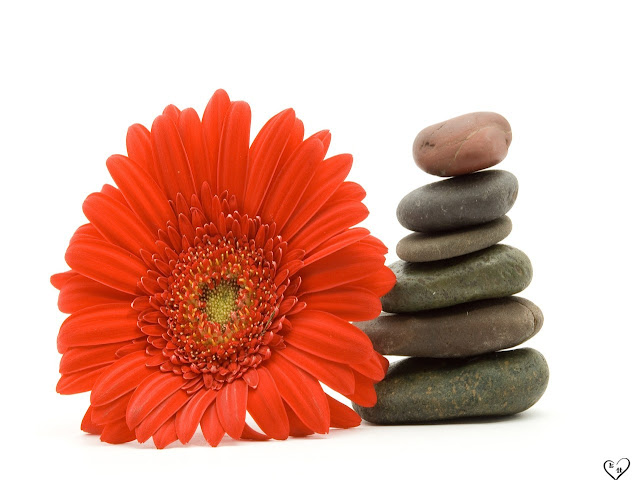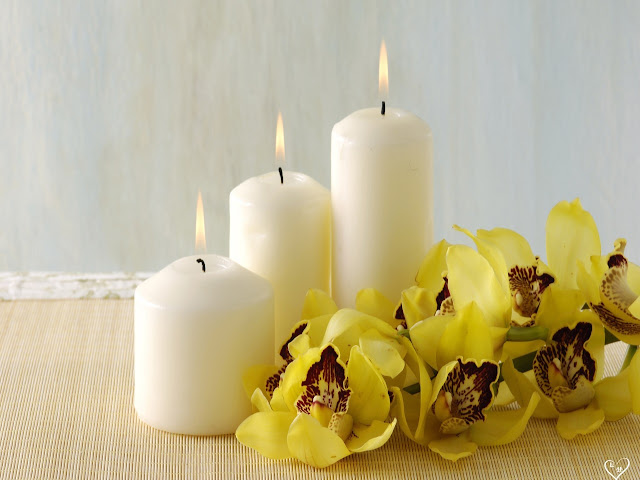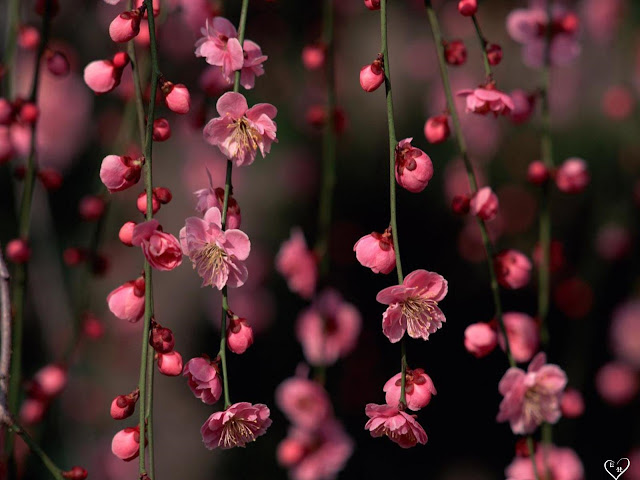White clover (Trifolium repens) is naturally polymorphic for cyanogenesis (HCN production with tissue damage). Cyanogenesis protects plants from small herbivores, but frequencies of cyanogenic plants decrease in colder climates, possibly because cyanogenesis is detrimental to plants in areas of frequent frosts. The cyanogenesis polymorphism is controlled by two genes: Ac controls the presence/absence of cyanogenic glucosides, andLi controls the presence/absence of the enzyme required for their hydrolysis (linamarase). We are currently examining the molecular evolution of the cyanogenesis loci to understand the genetic basis and evolutionary dynamics of this adaptive variation.
Clover is a very common weed of lawns. Clover has leaves with three leaflets, and creeping stems that set roots at whatever point they touch the ground. Flowers are white or pink (Trifolium repens, Trifolium fragiferam). Clover, with white flowers, is a member of the pea family, Fabaceae. This means clovers can fix nitrogen from the air and therefore they favour poorly fertilised lawns. One method of preventing clovers from taking hold is to make sure your lawn is growing strongly and is well fertilised during the warmer, growing months.
White clover, including white Dutch and Ladino, is the most widely grown clover in the world. It is an excellent pasture legume and is usually grown in association with cool season grasses. White clover grows best in humid areas of the temperate zones during cool, moist seasons. White clover provides high quality grazing, is an excellent nitrogen-fixing perennial legume, and can play an important role in soil conservation, soil improvement, and crop rotations.
Clovers have leaves in sets of three, and compact flower heads that consist of many tiny, pea-like, bilaterally symmetrical (2-sided) flowers. Some species have flowers that make excellent tea, and a few have edible flowers. Avoid bitter flowers that are turning brown, and choose those with the brightest color, which are tastiest.
White clover was formerly a common component of turf mixes due to its ability to fix nitrogen. It is still currently available in mixes or by itself and may be useful in low management turf areas. It has the ability to persist at short mowing heights and can attract bees to lawns.
Clover is a very common weed of lawns. Clover has leaves with three leaflets, and creeping stems that set roots at whatever point they touch the ground. Flowers are white or pink (Trifolium repens, Trifolium fragiferam). Clover, with white flowers, is a member of the pea family, Fabaceae. This means clovers can fix nitrogen from the air and therefore they favour poorly fertilised lawns. One method of preventing clovers from taking hold is to make sure your lawn is growing strongly and is well fertilised during the warmer, growing months.
White clover, including white Dutch and Ladino, is the most widely grown clover in the world. It is an excellent pasture legume and is usually grown in association with cool season grasses. White clover grows best in humid areas of the temperate zones during cool, moist seasons. White clover provides high quality grazing, is an excellent nitrogen-fixing perennial legume, and can play an important role in soil conservation, soil improvement, and crop rotations.
Clovers have leaves in sets of three, and compact flower heads that consist of many tiny, pea-like, bilaterally symmetrical (2-sided) flowers. Some species have flowers that make excellent tea, and a few have edible flowers. Avoid bitter flowers that are turning brown, and choose those with the brightest color, which are tastiest.
White clover was formerly a common component of turf mixes due to its ability to fix nitrogen. It is still currently available in mixes or by itself and may be useful in low management turf areas. It has the ability to persist at short mowing heights and can attract bees to lawns.






































